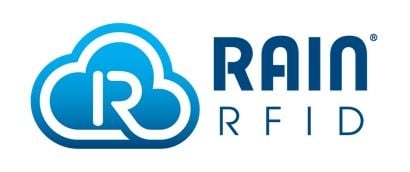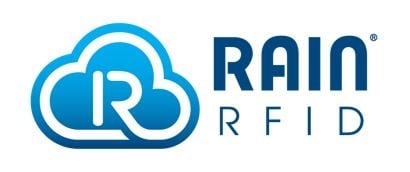Product overview
Description
The ST25RU3993 RAIN® (UHF) RFID reader device provides multi-protocol support for the 840-960 MHz UHF band compatible with ISO18000-62 & -63, ISO29143 and to GS1’s EPC UHF Gen2 air interface protocol. It includes an on-chip VCO and a power amplifier, and offers a complete set of RFID features including dense reader mode (DRM) functionality and support for frequency-hopping, low-level transmission coding, low-level decode, data framing and CRC checking.
The ST25RU3993 operates at very low-power, making it suitable for use in portable and battery-powered equipment such as mobile phones.
Packaged in a 7x7 mm QFN, the ST25RU3993 is able to deliver very high sensitivity and provides high immunity against the effects of antenna reflection and self-jamming. This is critical in mobile and embedded applications, in which antenna design is often compromised by cost or size constraints. High sensitivity enables the end-products to achieve their required read range while using a simpler and cheaper antenna, thus reducing overall system cost.
Thanks to its high level of integration, the ST25RU3993 requires only an external 8-bit microcontroller to create a complete RFID reader system, thus eliminating the need for a complex RFID co-processor.
-
All features
- Supply voltage range 3.0 to 3.6 V
- Limited operation possible down to 2.7 V
- Maximum PA supply voltage 4.3 V
- Peripheral I/O supply range 1.65 to 5.5 V
- Protocol support for:
- ISO 18000-6C (EPC Class1 Gen2)
- ISO 29143 (Air interface for mobile RFID)
- ISO 18000-6A/B through direct mode
- DRM: 250 kHz and 320 kHz filters for M4 and M8
- Integrated supply regulators
- Frequency hopping support
- ASK or PR-ASK modulation
- Automatic I/Q selection
- Phase bit for tag tracking with 8-bit linear RSSI
- Temperature range: -40 °C to 85 °C
- 48-pin QFN (7x7x0.9 mm) package
- Tag read rates of up to 700* tags/s (16-bit tag EPC length)
- Supply voltage range 3.0 to 3.6 V
eDesignSuite
eDesignSuite is a comprehensive set of easy-to-use design-aid utilities ready to help you streamline the system development process with a wide range of ST products.



Power Management Design Center
Thermal-electrical Simulators for Components
Signal Conditioning Design Tool
NFC/RFID Calculators

Power Supply Design Tool

LED Lighting Design Tool

Digital Power Workbench

Power Tree Designer

AC Switches Simulator

Rectifier Diodes Simulator

STPOWER Studio

Twister Sim

TVS Simulator

Estimate

PCB Thermal Simulator

Active Filters

Comparators

Low side Current Sensing

High side Current Sensing

NFC Inductance

UHF Link Budget

NFC Tuning Circuit
You might also like...
Recommended for you
EDA Symbols, Footprints and 3D Models
Quality and Reliability
| Part Number | Marketing Status | Package | Grade | RoHS Compliance Grade | Longevity Commitment | Longevity Starting Date | Material Declaration** |
|---|---|---|---|---|---|---|---|
| ST25RU3993-BQFT | NRND | VFQFPN 48 7x7x1.0 | Industrial | N/A | - | - |
(**) The Material Declaration forms available on st.com may be generic documents based on the most commonly used package within a package family. For this reason, they may not be 100% accurate for a specific device. Please contact our sales support for information on specific devices.

You’re now leaving st.com and will be re-directed to our Partner’s website.
For the latest innovations and solutions from ST, sign up for our newsletters.
Sample & Buy

| Part Number | Marketing Status | Budgetary Price (US$)*/Qty | Order from ST | Order from distributors | Package | Packing Type | RoHS | Country of Origin | ECCN (US) | ECCN (EU) | Operating temperature (°C) | Operating Temperature (°C) (max) | Free Samples | ESample Max Qty | ||
|---|---|---|---|---|---|---|---|---|---|---|---|---|---|---|---|---|
| min | max | |||||||||||||||
| ST25RU3993-BQFT | | | distributors No availability of distributors reported, please contact our sales office |
|
| |||||||||||

ST25RU3993-BQFT NRND
(*) Suggested Resale Price (USD) per defined quantity for BUDGETARY USE ONLY. For quotes, prices in local currency, please contact your local ST Sales Office or our Distributors





